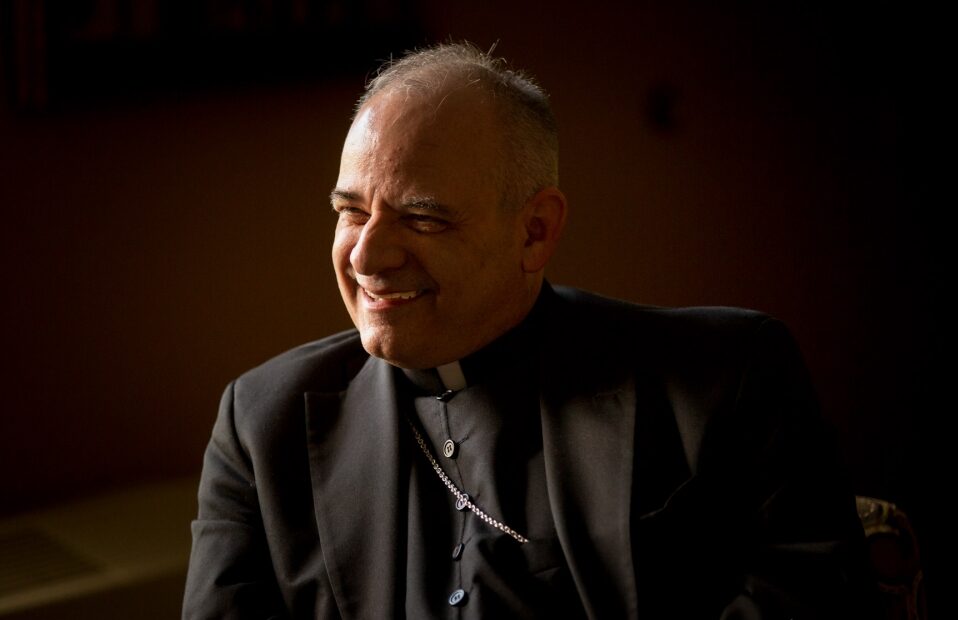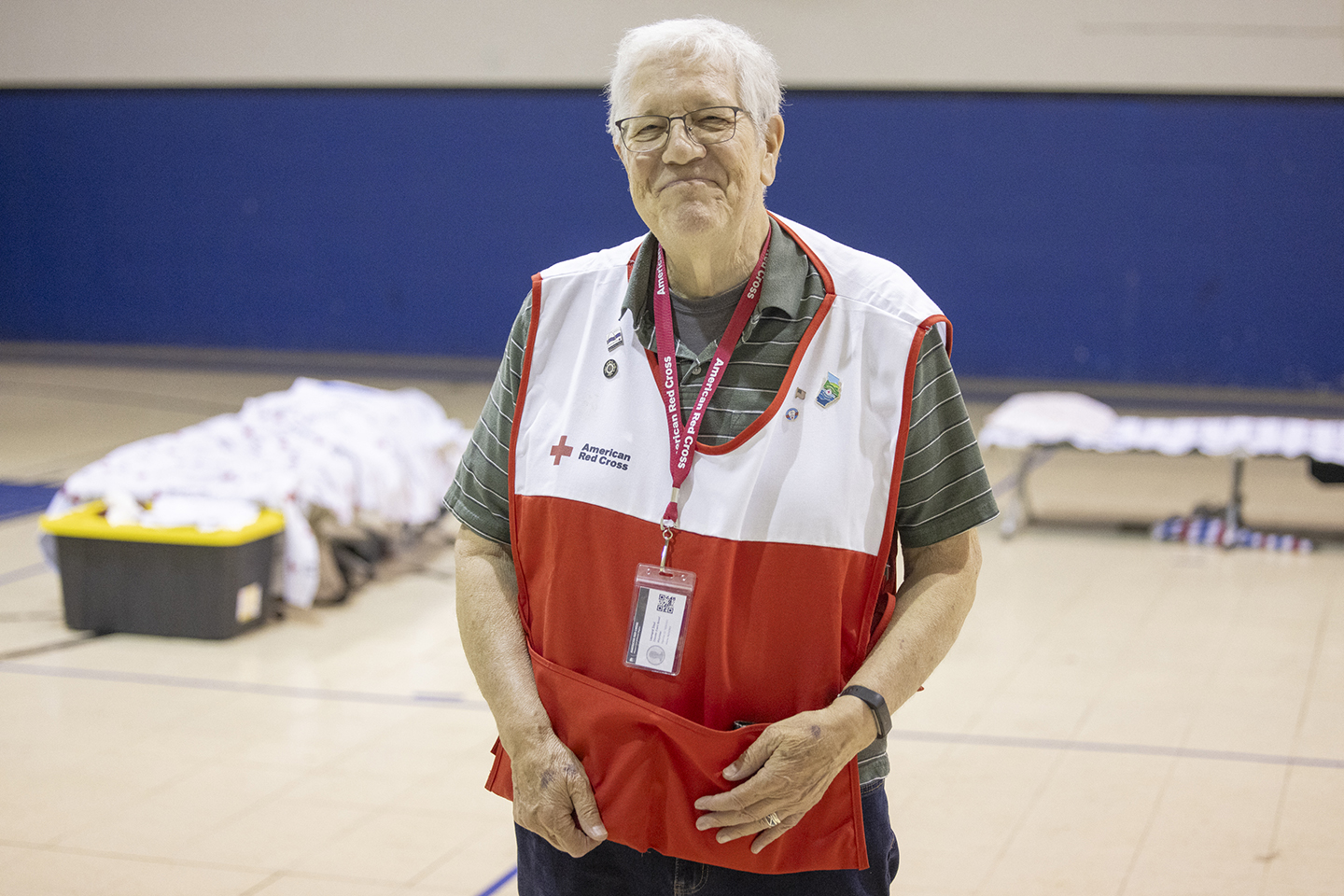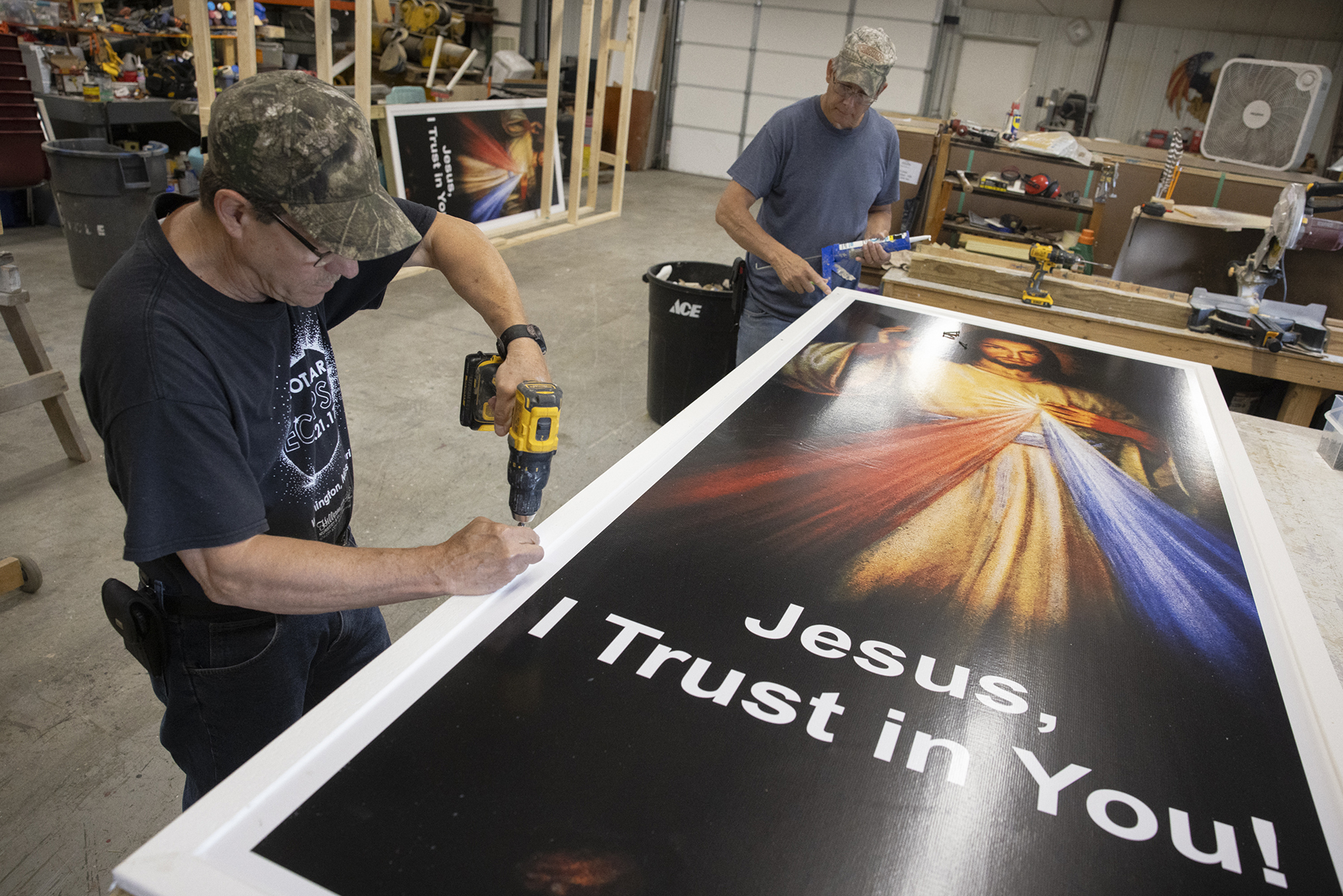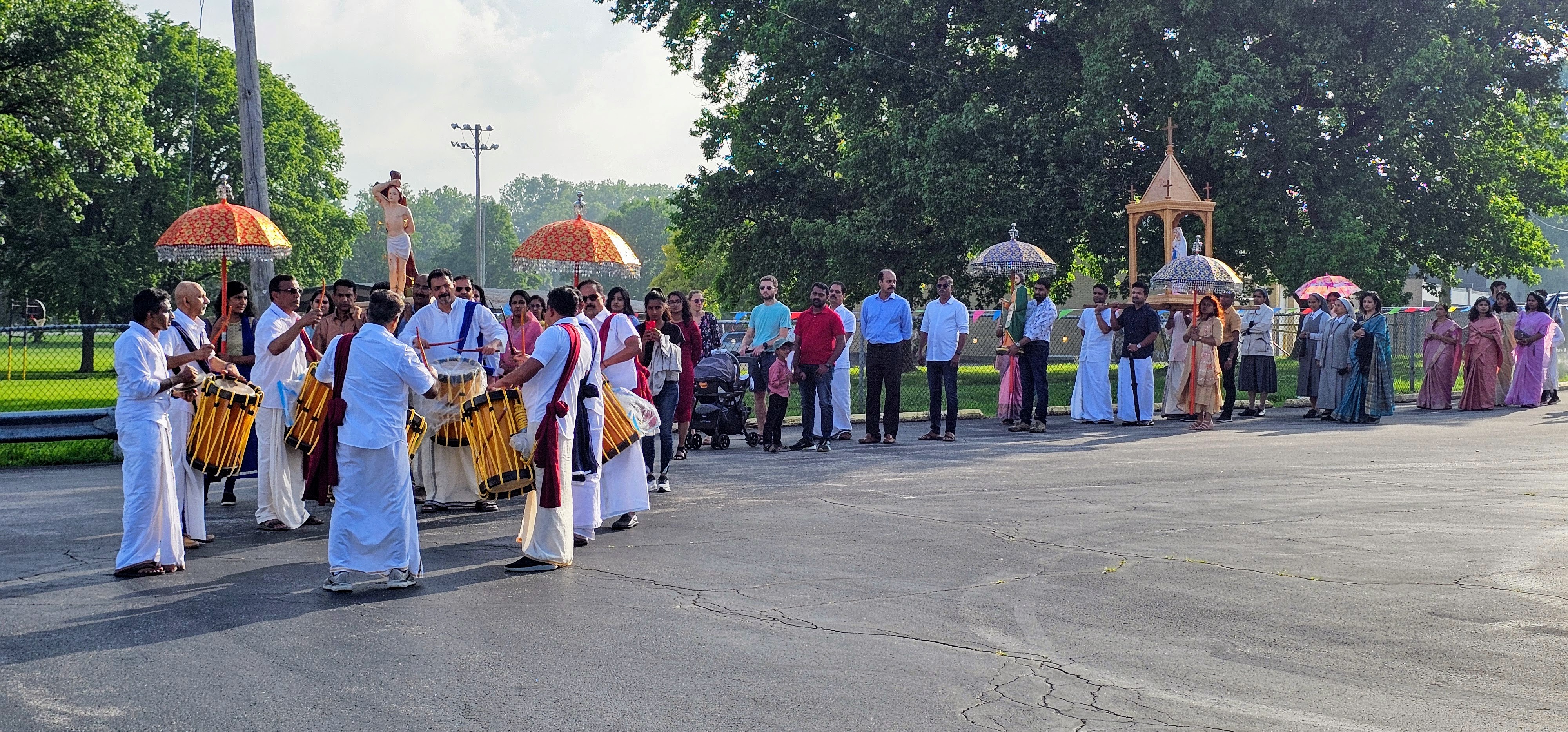Immigrant entrepreneurs take risks, enrich local economy
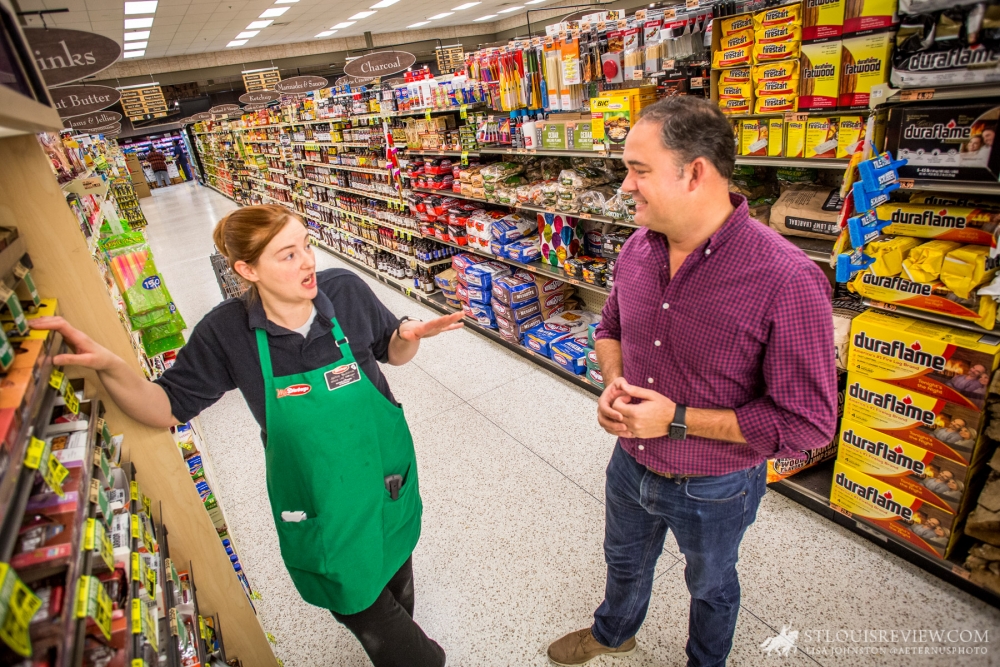
Luis Rivero founded Hůga Bar (think “PowerBar”) and recently added Whole Foods stores as an outlet for the nutrition bar with flavors inspired by international recipes.
Hůga Bar is an example of many businesses in St. Louis founded by immigrants and refugees, some small-scale and others large corporations. The St. Louis Mosaic Project cites Census Bureau statistics showing that foreign-born people in the St. Louis region are 29.2 percent more likely than native-born people to start a business. The project, a regional initiative within the St. Louis Economic Development Partnership and the World Trade Center St. Louis, welcomes newcomers because its research shows that immigrants invigorate the region and drive innovation.
Rivero moved from Caracas, Venezuela, to the United States in 2003 to pursue a master’s degree at the University of North Carolina at Chapel Hill. After two years in North Carolina, he moved to Philadelphia to work for DuPont. Almost eight years ago, he relocated to St. Louis.
Rivero had long sought to make a healthy, yet flavorful, nutrition bar. He kept at bay his entrepreneurial spirit until late 2014, when he decided to leave his job and work full-time starting his own company, Hůga Bar, to produce such a product. He had fallen in love with St. Louis, so he decided the city was the place to start and grow his new business. Soon afterward, Rivero partnered with two other immigrants from Venezuela, Luis and Louisa Mendoza.
The “life decision” to leave a 10-year career at a big corporation while he and his wife raised five children took a lot of prayer to discern whether it was the right move, Rivero said.
Since starting the business, there have been ups and downs, but “the one thing that is not a roller coaster is your faith,” he said. “That really grounds you, along with your family. It’s what keeps me going.”
The Hůga Bar is manufactured on the West Coast but based in St. Louis. Rivero, a member of Ascension Parish in Chesterfield, praises St. Louis as “a great place to raise a family. We’re blessed to be here. It’s a very strong Catholic community.” His children attend St. Austin School and Visitation Academy.
His company is international-oriented, inspired by recipes from around the world.
“We don’t hide the fact that we’re immigrants,” Rivero said. “We talk about our stories outside the United States while embracing the American culture and keeping our culture. We tell our stories, and people love it.”
In 2010, roughly one in 10 American workers with jobs at private firms were employed at immigrant-founded companies, according to the New American Economy, an organization of city mayors from both major political parties and business leaders who support immigration reforms that support job creation.
Using U.S. Census data from 2014, the organization provided a snapshot of demographic and economic contributions of immigrants in the St. Louis metro area that was touted at a program Feb. 21 at the International Institute of St. Louis.
The St. Louis metro area has 7,073 immigrant entrepreneurs. Its 122,430 immigrant residents — 4.4 percent of the population — contribute $1.1 billion in taxes and $3 billion in spending power from a household income of $4.1 billion, according to the data.
Onesimo Sandoval, associate professor and co-director of public and social policy at St. Louis University, said perceptions of the immigrant population are skewed, typically overestimating by three times the number of immigrants who live in a region. “Often when I go out to the community to make presentations, people think that the St. Louis metropolitan region has about 400,000 immigrants and that the majority are undocumented. It’s just not the case,” he said.
The foreign-born population in St. Louis County was as high as 30 percent and more than 20 percent in St. Louis City in 1880.
The immigrant population in St. Louis is diverse — Bosnian, Chinese, Indian and more, he said. Contrary to perception, he said, 70 percent of people in St. Louis of Mexican heritage are American-born.
Many of the immigrants in St. Louis are Catholic. “It’s very important for the Church here to try to find a home for them in the archdiocese,” Sandoval said. “It’s so important that they feel a part of the community and that they can count on the Church.”
Betsy Cohen, executive director of the St. Louis Mosaic Project, said immigrants live in all the neighborhoods of the St. Louis area. They start high-end, high-tech companies as well as neighborhood-based businesses, she said. Various congregations in St. Louis are involved in welcoming activities with refugees, Cohen said.
“We need foreign-born people here to be welcomed,” she said. “If they are welcomed locally, they will tell family and friends that this is a welcoming, hard-working, good community to live in, and we will grow the region.”
>> Various efforts are underway in St. Louis to support refugees
and immigrants in the community.
• The St. Louis Mosaic Project supports regional prosperity through immigration and innovation. Becoming a Mosaic ambassador is one way to help. See www.stlmosaicproject.org.
• Support an immigrant-owned business. One of those businesses is Hůga, founded in 2014 by Luis Rivero and childhood friend Luis Mendoza (profiled in this article, visit www.hugabar.com). For a list of immigrant-owned businesses, contact abented@iistl.org. Choose one of the ethnic restaurants in South Grand (www.southgrand.org) or elsewhere.
• Support a Catholic school serving an immigrant population. Contact any of the schools or the Today and Tomorrow Educational Foundation at www.ttef-stl.org.
• Learn the facts from the New American Economy at www.newamericaneconomy.org.
RELATED ARTICLE(S):Advocacy for the immigrant
Luis Rivero founded Hůga Bar (think “PowerBar”) and recently added Whole Foods stores as an outlet for the nutrition bar with flavors inspired by international recipes. Hůga Bar is an … Immigrant entrepreneurs take risks, enrich local economy
Subscribe to Read All St. Louis Review Stories
All readers receive 5 stories to read free per month. After that, readers will need to be logged in.
If you are currently receive the St. Louis Review at your home or office, please send your name and address (and subscriber id if you know it) to subscriptions@stlouisreview.com to get your login information.
If you are not currently a subscriber to the St. Louis Review, please contact subscriptions@stlouisreview.com for information on how to subscribe.


